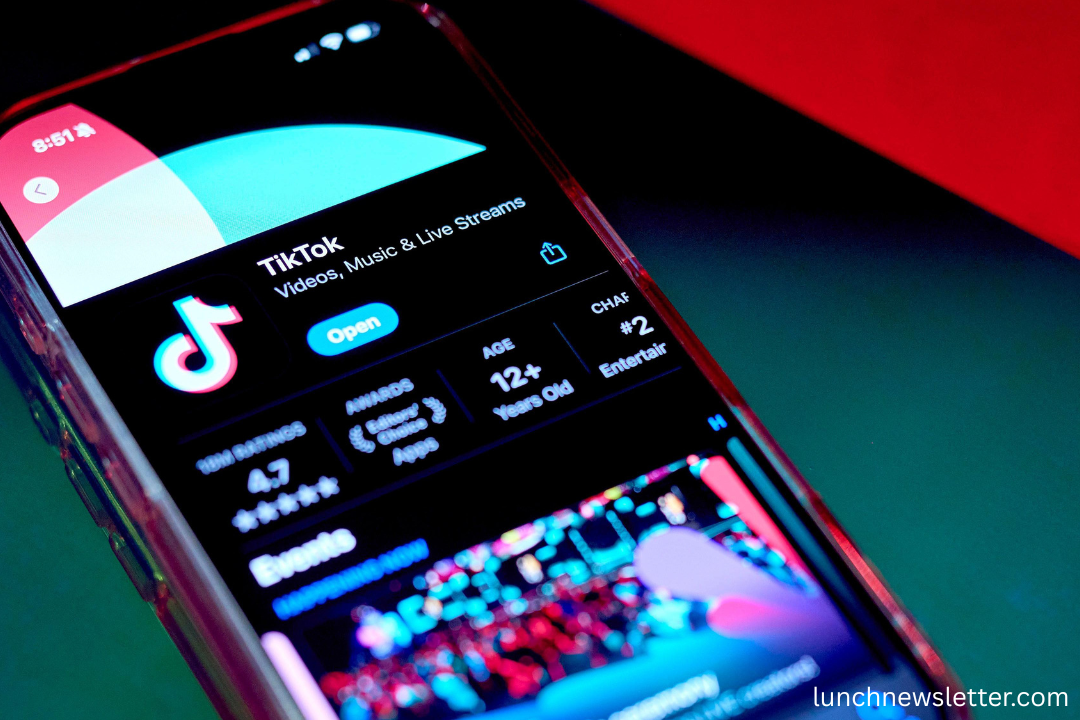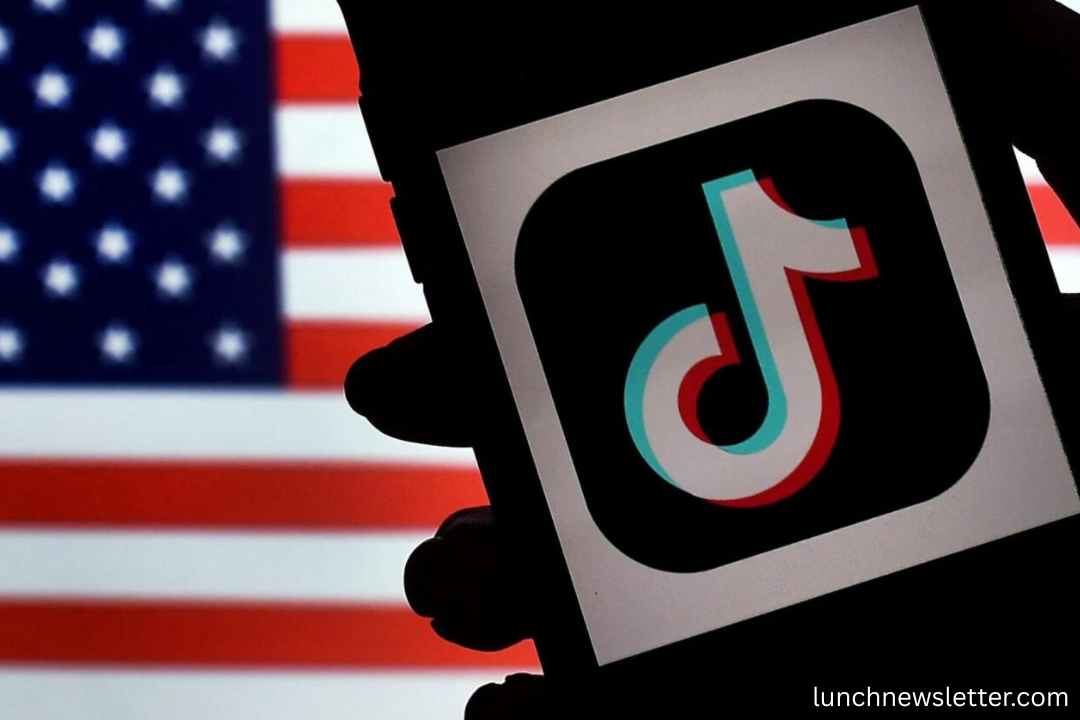TikTok, one of the world’s most popular short-form video platforms, has resumed its services for U.S. users following a period of disruption. This development comes in the wake of recent remarks by former President Donald Trump, which reignited concerns over national security and the platform’s ownership. As tensions ease, TikTok has reestablished access across the United States, reaffirming its commitment to transparency and user engagement.
The restoration of TikTok in the U.S. highlights the platform’s resilience and strategic importance in the global digital economy. For creators, brands, and everyday users, this return is more than just a technical fix—it’s a reaffirmation of TikTok’s role in shaping culture, entertainment, and e-commerce in America.
TikTok’s Sudden Disruption in the U.S.
Late last week, thousands of U.S. users reported being unable to access TikTok, sparking confusion and speculation. While the company initially cited technical difficulties, the incident quickly gained political attention after Trump publicly reiterated his concerns about TikTok’s data privacy practices and Chinese ownership.
Although no formal ban was announced, the correlation between Trump’s comments and the service disruption raised questions. Analysts believe the platform may have acted preemptively to address potential regulatory concerns, especially with ongoing legislative discussions around tech oversight.
What Triggered Trump’s Renewed Focus on TikTok?
Trump has long criticized TikTok, dating back to his presidency. In 2020, he issued an executive order attempting to ban the app unless it was sold to a U.S.-based company. Although legal challenges stalled that order, his position has remained consistent.
In recent speeches and interviews, Trump reiterated his view that TikTok poses a national security threat due to its ties to ByteDance, a Chinese parent company. His remarks come at a time when Congress is once again evaluating the role of foreign-owned apps and their influence over American consumers.
How TikTok Responded to the Comments
TikTok moved quickly to restore trust and stabilize its U.S. operations. In a public statement, the company emphasized its commitment to U.S. data protection protocols. It reiterated that American user data is stored on servers located in the United States and managed by third-party partners.
Additionally, TikTok highlighted its continued efforts to work with regulators, assure transparency, and engage with lawmakers to find a sustainable path forward. By resuming full service promptly, TikTok demonstrated its ability to adapt and maintain user satisfaction amid controversy.
Impact on TikTok’s U.S. User Base
The temporary disruption caused concern among TikTok’s vast U.S. audience, which includes over 150 million monthly active users. Many creators feared losing access to their content and followers, while businesses reliant on the platform for marketing saw engagement dip during the blackout.
However, now that TikTok has resumed operations, users are returning with renewed energy. Trending hashtags like #TikTokIsBack and #WeLoveTikTok surged, reflecting users’ excitement and loyalty. The incident has, if anything, strengthened the platform’s community, emphasizing how deeply TikTok is embedded in American digital life.
Why TikTok Remains Popular in the U.S.
Despite political scrutiny, TikTok continues to thrive in the U.S. for several reasons:
- Innovative content discovery: The algorithmic “For You” feed delivers personalized content that keeps users engaged longer than other platforms.
- Empowerment of creators: TikTok has democratized content creation, allowing anyone with a phone to build an audience.
- Cultural relevance: Memes, music, trends, and viral challenges often begin on TikTok and spread globally.
- Business opportunities: Brands of all sizes use TikTok for marketing, product discovery, and influencer partnerships.
With these unique advantages, TikTok is not just surviving the controversy—it’s thriving in spite of it.
Legal and Regulatory Landscape
The platform’s legal status in the U.S. remains a subject of debate. Several bills have been introduced in Congress to regulate foreign tech companies more strictly, including legislation that could restrict TikTok unless ownership changes occur.
Nonetheless, TikTok has resisted, emphasizing its independence and commitment to U.S. law. It has launched public campaigns to educate users about its safety practices and participated in multiple Congressional hearings.
Although scrutiny persists, TikTok’s proactive communication and compliance efforts have helped it weather the storm—for now.
TikTok’s Business Implications After the Disruption
The short downtime had a noticeable impact on TikTok’s business operations:
- Ad revenue briefly declined as marketers paused campaigns.
- Creator earnings were disrupted due to lower engagement.
- User retention momentarily wavered as people sought alternatives.
However, thanks to swift action and clear communication, TikTok has rebounded. Many advertisers are already back on the platform, and creators have resumed content production with confidence.
Moreover, the platform’s ability to navigate geopolitical tension strengthens its long-term viability in the U.S. market.
Global Reactions to the U.S. Disruption
The temporary service halt in the U.S. drew international attention. Media outlets around the world reported on the incident, with governments and tech companies watching closely. Countries like India, which previously banned TikTok, are reassessing their digital strategies in light of the U.S. developments.
Competitors such as YouTube Shorts, Instagram Reels, and Snapchat Spotlight also saw a short-term boost in user activity. But none matched the engagement levels TikTok commands, reinforcing its dominance in the short-form content space.
What This Means for TikTok Creators

Content creators—both micro-influencers and major stars—are some of the most significant stakeholders in TikTok’s U.S. operations. The platform’s brief interruption served as a reminder of how essential it has become for digital careers.
In response, many creators are now:
- Backing up content across platforms
- Encouraging followers to connect via email or other socials
- Diversifying income streams through merchandise or Patreon
Still, the majority remain committed to TikTok, viewing the platform as irreplaceable for creativity, community, and monetization.
Future Outlook for TikTok in the U.S.
With service restored, the road ahead for TikTok in the U.S. looks cautiously optimistic. Continued growth depends on:
- Political diplomacy: Clearer regulations and stable relations between the U.S. and China
- Transparency efforts: Open communication with users and lawmakers
- User trust: Maintaining privacy and security as top priorities
TikTok’s track record of innovation and adaptability positions it well for future challenges. If it continues to evolve, the platform is likely to remain a central player in American social media for years to come.
Frequently Asked Questions (FAQ’s)
What caused TikTok’s service disruption in the U.S.?
The disruption occurred shortly after former President Donald Trump made public remarks expressing renewed concerns over TikTok’s ties to China. While no official ban was implemented, the timing led many to speculate a link between political pressure and temporary service limitations.
Has TikTok officially responded to Trump’s comments?
Yes, TikTok issued a public statement reaffirming its commitment to user data privacy, transparency, and cooperation with U.S. regulators. The company emphasized that U.S. user data is stored domestically and managed by secure, third-party partners.
Is TikTok safe to use in the United States?
TikTok maintains that it follows all applicable U.S. laws and prioritizes user safety. It continues to invest in data security and transparency measures to address concerns about foreign influence and surveillance.
Are there any current restrictions on TikTok in the U.S.?
As of now, there are no active bans or legal restrictions on using TikTok in the United States. However, legislative discussions regarding regulations that may affect foreign-owned apps are ongoing.
How did the service interruption affect creators?
Creators experienced brief declines in engagement and reach during the downtime. Many took proactive steps by diversifying their platforms and backing up content, but most have since resumed regular posting on TikTok.
Did any competitors benefit from the TikTok disruption?
Yes, platforms like YouTube Shorts, Instagram Reels, and Snapchat Spotlight saw short-term increases in user activity. However, once service resumed, TikTok’s unique algorithm and user engagement quickly reestablished its dominance.
What steps has TikTok taken to avoid future disruptions?
TikTok continues to strengthen its U.S. infrastructure, collaborate with regulatory bodies, and build out communication strategies to respond swiftly to political or technical challenges.
Will TikTok remain operational in the U.S. in the long term?
TikTok is currently fully operational and working closely with U.S. lawmakers to ensure continued access. While political scrutiny remains, the platform’s popularity and transparency efforts suggest it is here to stay.
Conclusion
TikTok’s return to full functionality in the U.S. after Trump’s remarks reflects the complex interplay between politics, technology, and culture. As debates over data privacy and platform ownership persist, TikTok remains at the center of national attention.
Yet its resilience, massive user base, and global influence make it difficult to ignore—or replace. With a renewed focus on compliance, communication, and community, TikTok is poised not just to survive but to shape the future of social media in the United States and beyond.
For creators, businesses, and users alike, TikTok’s resumption is more than a technical recovery—it’s a cultural reaffirmation of the platform’s place in everyday digital life.
